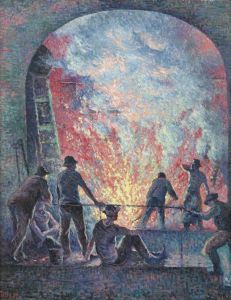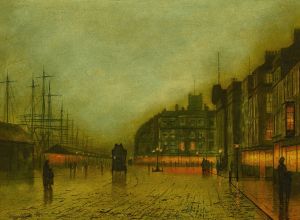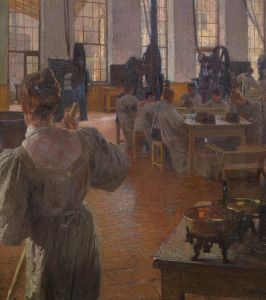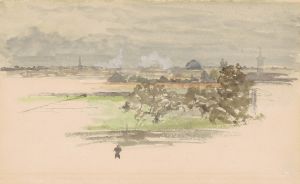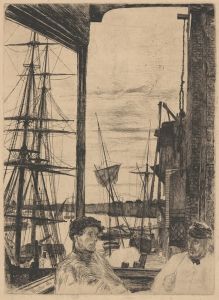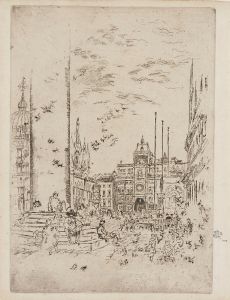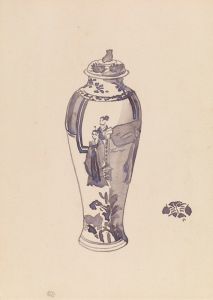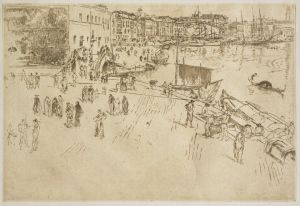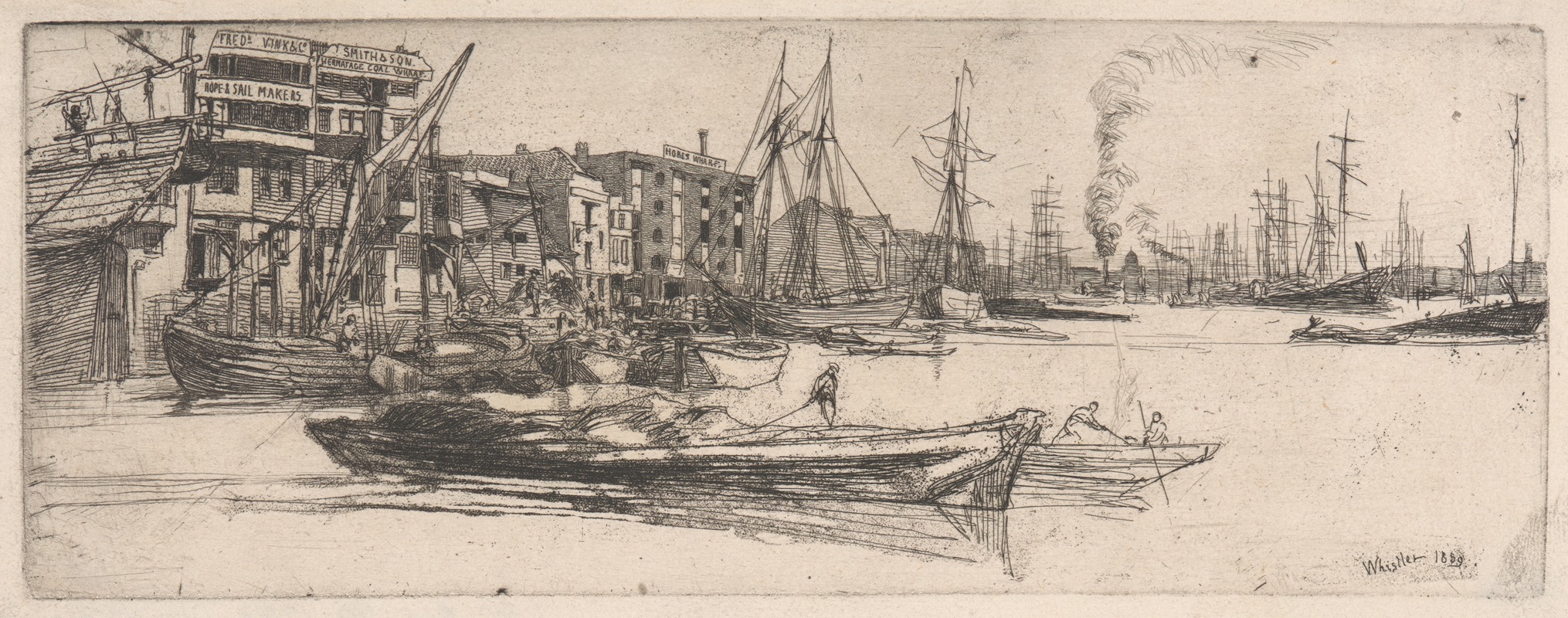
Thames Warehouses
A hand-painted replica of James Abbott McNeill Whistler’s masterpiece Thames Warehouses, meticulously crafted by professional artists to capture the true essence of the original. Each piece is created with museum-quality canvas and rare mineral pigments, carefully painted by experienced artists with delicate brushstrokes and rich, layered colors to perfectly recreate the texture of the original artwork. Unlike machine-printed reproductions, this hand-painted version brings the painting to life, infused with the artist’s emotions and skill in every stroke. Whether for personal collection or home decoration, it instantly elevates the artistic atmosphere of any space.
James Abbott McNeill Whistler's Thames Warehouses is a painting created by the American-born artist during his time in London in the mid-19th century. Whistler, known for his innovative approach to art and his contributions to the Aesthetic Movement, often drew inspiration from the urban and industrial landscapes of the Thames River. This particular work reflects his interest in capturing the atmospheric qualities of the river and its surroundings.
The painting depicts the warehouses along the Thames, a subject that Whistler explored in several works during his career. These structures were integral to London's role as a major port and commercial hub during the Victorian era. Whistler's portrayal of the warehouses emphasizes their architectural forms and their relationship to the river, showcasing his ability to find beauty in industrial and everyday scenes. The muted tones and subtle interplay of light and shadow in the painting are characteristic of Whistler's style, which often sought to evoke mood and atmosphere rather than focus on detailed realism.
Thames Warehouses is part of Whistler's broader exploration of the Thames, a theme that he revisited in various media, including paintings, etchings, and drawings. His works from this period often highlight the interplay between the natural and industrial elements of the river, reflecting his fascination with the changing urban landscape of London. Whistler's approach to these subjects was influenced by his exposure to Japanese art, particularly its emphasis on composition and simplicity, which can be seen in the balanced and harmonious arrangement of elements in Thames Warehouses.
The painting is an example of Whistler's early experiments with tonalism, a style that he would later develop more fully in his famous "Nocturnes" series. In Thames Warehouses, the subdued color palette and focus on atmosphere rather than detail demonstrate his growing interest in creating works that function as visual harmonies, akin to musical compositions.
As of the latest available information, Thames Warehouses is held in a private collection or museum, though specific details about its current location or provenance may not be widely documented. Whistler's works, including this painting, continue to be celebrated for their innovative approach and their influence on the development of modern art.






